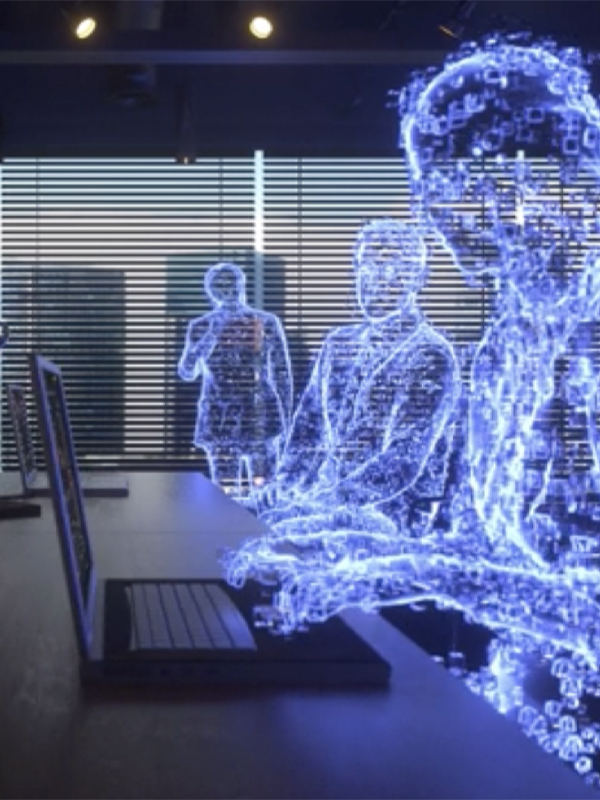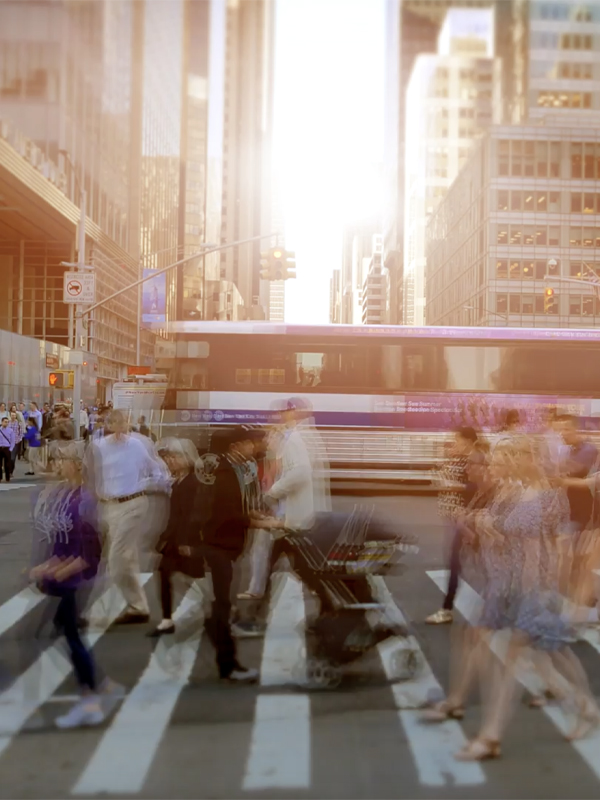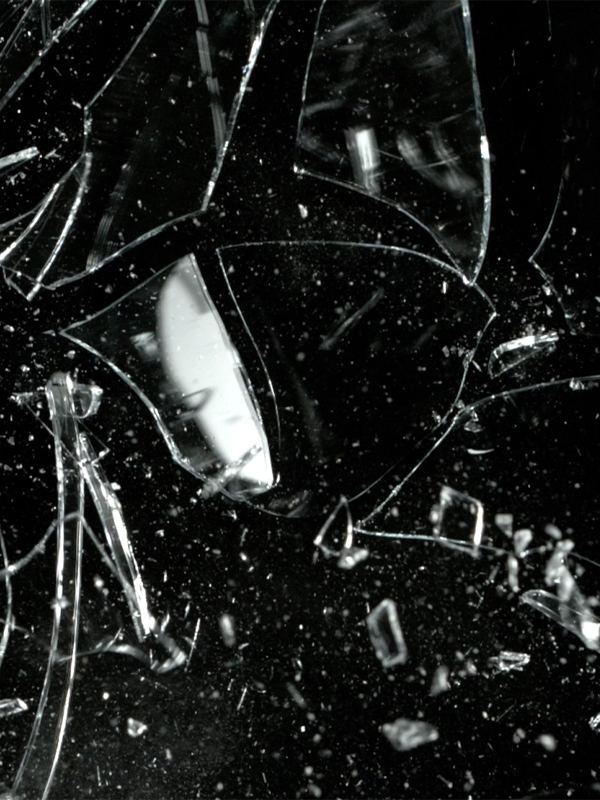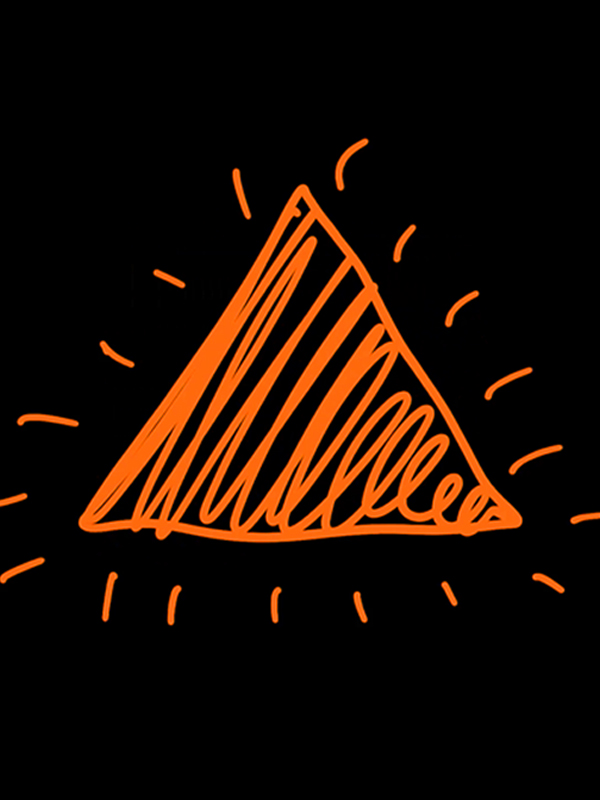Key Takeaways
- Mixed reality (MR) is the combination of physical and virtual worlds and it can be used to provide improved training, operations, repairs, review, and remote expert support in the workplace.
- Mixed reality solutions require specialized skill sets in areas such as 3D graphics, robotics, computer vision, visual effects, development, and accessible user interface design.
- Mixed reality combined with hand tracking enables users to interact with virtual environments without controllers; Spatial Anchors allow for pinning of virtual items to specific locations; WebXR ensures cross-compatibility between mobile devices and headsets.
Do you remember when the metaverse seemed like the perfect solution for remote work? In the not-so-distant past, many leaders believed office workers would don a virtual reality (VR) headset in their home office to attend a team standup in a virtual conference room with a spectacular mountainside view.
As more employees return to the office, these predictions feel increasingly out of touch. But the promise of mixed reality solutions changing work as we know it has never felt more real. Here’s how the latest leap forward in mixed reality development translates to new ways of working and how you can apply a few key mixed reality concepts to create cutting-edge workplace experiences.
The evolution of head-mounted displays
Head-mounted displays (HMDs) are changing. VR HMDs that can be used while standing and moving have always had cameras mounted on the exterior of the HMD to orient themselves. These cameras were typically black and white, and the user rarely saw through the cameras unless they were setting up a virtual boundary to prevent the HMD from operating in an unsafe area.
Mixed reality headsets like the Apple Vision Pro or Meta Quest 3 use color cameras on the outside of the headset to act as a window to the outside world. Sophisticated computing mixes the physical world with virtual 3D objects in a process called mixed reality or MR. Wearing a headset and interacting with virtual objects in the physical world feels magical because the virtual objects appear real thanks to a stereoscopic display. Each eye sees a slightly different angle of the virtual objects so they appear embedded in the environment, opaque, and solid.
Mixed reality has captured the public’s imagination. Children and early adopters are using devices like the Meta Quest 3 daily. Some users play mixed reality games, some decorate their homes with virtual home decor, many replace cookbooks with small screens displaying recipe cards, while others upgrade their home theaters with virtual screens rivaling the IMAX.
Mixed reality examples in the workplace

MR will bring workers together whether they are together in person or joining remotely in a mixed reality portal. The tech can be used for training, review, management, and more. Some mixed reality examples at work include:
- Training – Get out of the classroom and head to the field. Spatial Anchors (see below) mean we can tag permanent locations for doors, switches, and various equipment in the operating room, manufacturing line, logistics center, and more.
- Operations – Put information where you need it. Instead of distracting employees with mobile devices to pull up vital information, place it in the space that needs their attention. What if you could look in an SKU bin and see the total number in inventory without having to pull out a handheld device to scan the tag and read the inventory?
- Repair – When working on vital equipment and vehicles, technicians often need to return to a workstation to pull up documentation and see the next steps. Tablets are challenging to use and must be kept clean in an environment where finding a place to set them is challenging. MR means vital information can always be visible during a repair.
- Review – Today, nearly everything exists in the virtual world first. Why not bring your in-person and remote teams together to view and test a life-size virtual version? Imagine walking around next year's car model and then sitting inside (on a physical chair of course) to see if the windshield wipers and radio controls are intuitive to locate and operate.
- Remote Expert – What if you could bring your subject matter expert into the field with you, saving time and travel costs? You can scan your environment using either an iPhone or an MR headset then bring the expert into your environment with you. They will see a full recreation of your environment around them in virtual reality and you will see their avatar in your physical environment.
The possibilities are vast. Today’s innovative leaders can create industry-leading tools by getting familiar with a few cutting-edge concepts. Read on to learn about these breakthroughs and best practices to make them work for you.
What is a key feature of mixed reality?
Hand tracking
When developing an experience for head-mounted displays, it’s important to consider how users will interact with them. Hand tracking means your users don’t need to learn how to use a controller. Instead, they interact with hand gestures as simple as making a fist to pick up an object. Hand tracking frees your user’s hands to do their job and only interact with the display as needed.
Spatial Anchors
This new generation of mixed reality head-mounted displays uses laser scanners to create a high-fidelity 3D recreation of your physical space. This means that you can pin a virtual item to a location in your environment and it won’t move. That could be anything from a data readout for a piece of equipment or a reference point so that other users can join you remotely or in person. This enables new experiences similar to teleportation where others can join you as an avatar inside of a 3D scan of your space while you stand in the physical space.
If you have people together in the same location, then they can interact with virtual objects together with you. That means that you can pick up and pass each other virtual objects such as tools.
Cross compatibility
Mixed reality doesn’t have to live on a headset. Evolving standards such as WebXR bring mobile and headset users together. Experiences you build can be truly accessible. While there isn’t perfect feature parity, we can build for inclusion across an ecosystem of devices and platforms.
Creating your mixed reality experience

By this point, you’ve probably thought of a few ways mixed reality development could change the way you do business. Creating these experiences is a new field combining skill sets from 3D graphics, game development, computer vision, robotics, visual effects, traditional development, and accessible user interface design.
Aquent Studios has an established Metaverse Practice creating interactive 3D content and mixed reality solutions for several enterprise organizations. If you’re looking for a mixed reality agency or considering a mixed reality project, reach out to learn more about how we can help.




